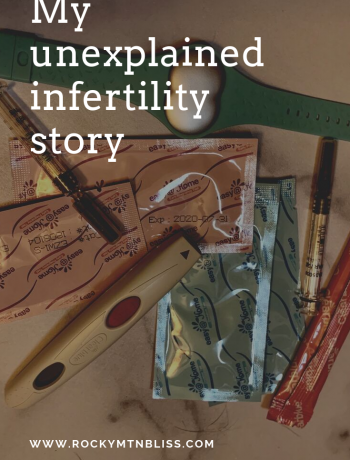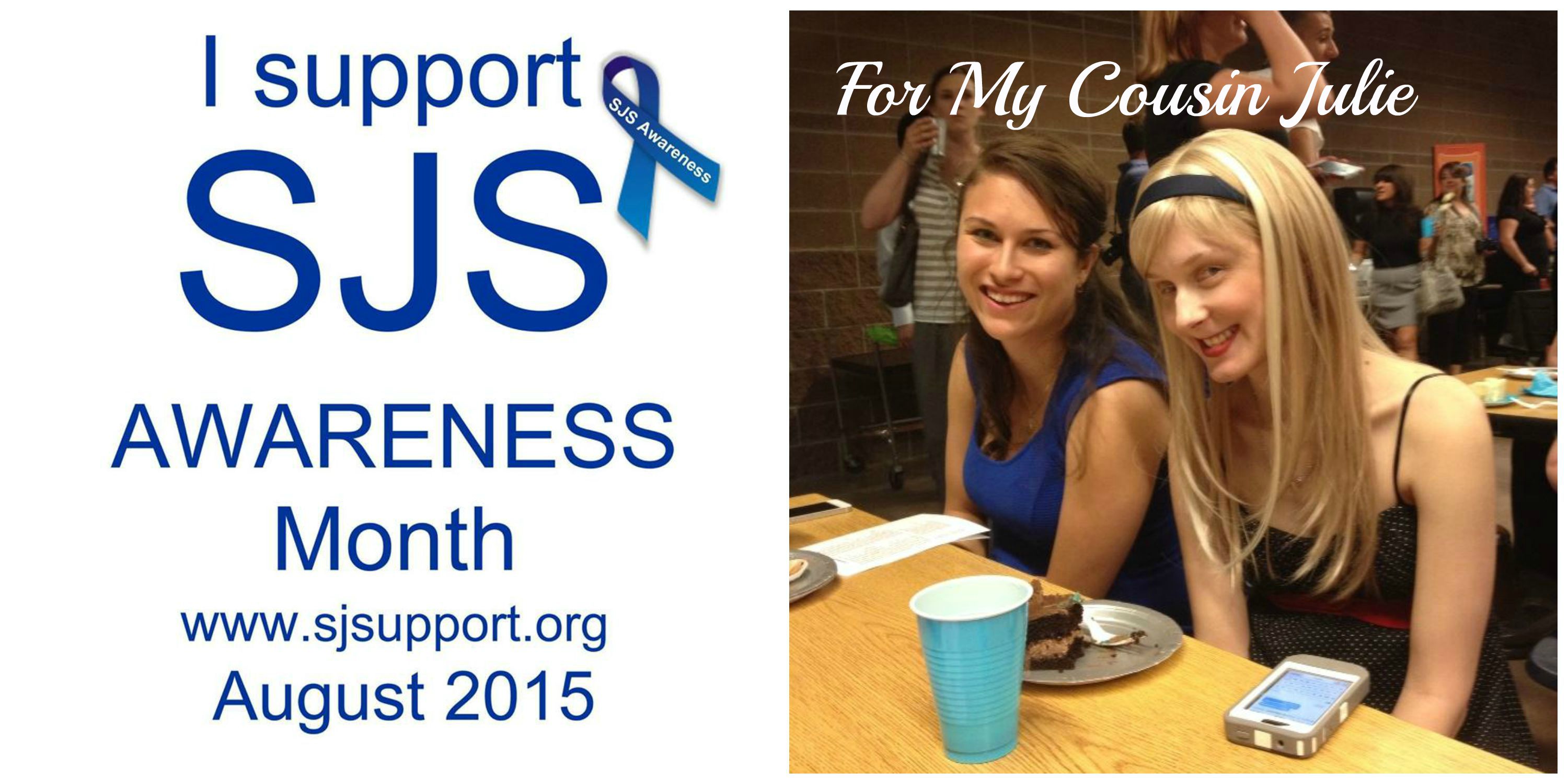When you spend over 2,000 hours each year working towards a singular goal you it helps when those hours are spent in an area, or role that you are passionate about. I’m very lucky that I’ve had the time and guidance that has helped me shape a career in a field a love but I know that there are plenty of people who have a job simply because it pays the bills.
I served as an Americorps VISTA in 2008 and at the end of my year of service one of the benefits of civil service was the offer to receive career counseling as I transitioned into a full time career. I was lucky that my year of service happened to guide me directly into what I still do today – from fundraising to marketing – and a large part of that decision was found after reading through What Color is Your Parachute as part of the career sessions I received.
As a manual for job hunting WCIYP & their online website eParachute is amazing – I used it when I took my first job out of college and was set on a path that I couldn’t be happier with – But finding the color of your parachute is about so much more than getting into a job that you can tolerate.
We all need to eat and pay the bills, but when you take a step back and evaluate your happiness you should ask yourself what is it that you need to do to build a path that resonates with who you are and what you want to present to the world. With the ever evolving blur that mixes our personal lives with the face we present at the office, finding a passion (or a parachute) that you can rely on in all your roles is even more important.
Some of the exercises from the now 43 year old guidebook can be applied to day-to-day life to help answer what ever it might be that you are most passionate about. – in particular there is a story writing exercise that I really enjoyed (surprise since I like to write).
Start out by writing several brief stories about a real experience that includes the following:
- A goal that needed to be achieved
- An obstacle to overcome
- A step-by-step process used to achieve the goal
- A description of the outcome
- Measurable items resulting from the outcome (saved x amount of money, etc)
Once you’ve completed writing the stories, analyze them for transferrable skills (instructed, motivated, created, prioritized, problem solved, etc). Skills that appear time and time again are most likely in alignment with the items you are most passionate about. When I completed this exercise I noted that communication and taking initiative were items that I strongly identified with. From this I’ve come to learn that to be happy, both at work and at home, I need to be able to assertive and take on new projects – like this blog.
If you are looking for a resource for helping identify more of your passions I’d definitely recommend taking a look at the 2016 edition of WCIYP. It really helped me when I needed it the most and I find it fascinating that nearly ten years later I continue to relate and use the lessons I learned.
What other ways have you worked towards learning about your traits and what your passions are. Are there any other books you’d recommend like this one? Leave a note in the comments and let me know if you’ve had a similar experience!



No Comments